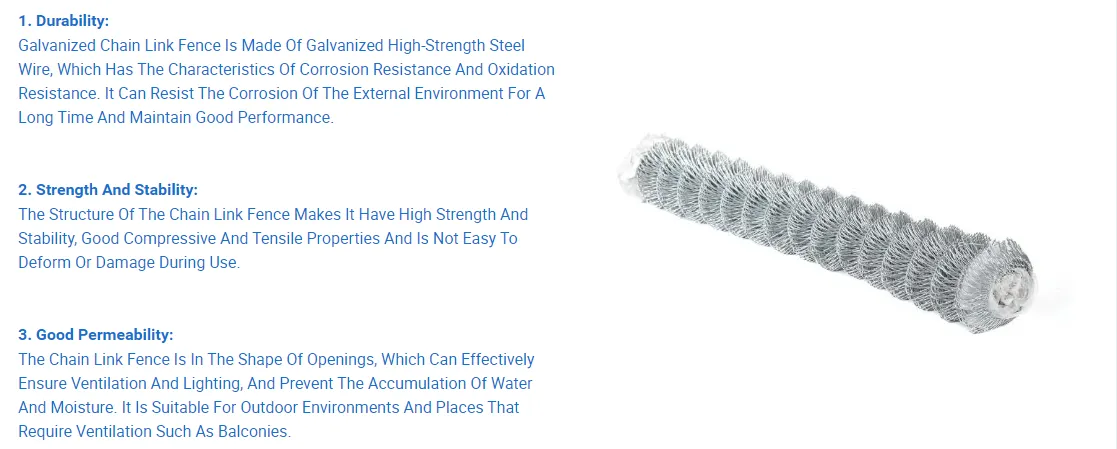Sound Barrier Walls for Highways A Sustainable Solution to Urban Noise Pollution
In our modern world, busy highways are essential for connecting people, goods, and services. However, the noise generated by heavy traffic can often create significant disruption in nearby residential areas, affecting the quality of life for many individuals. To combat this issue, sound barrier walls, also known as noise barriers or acoustic barriers, have become increasingly prevalent along highways. This article explores the importance, design, and effectiveness of these sound barriers.
Understanding Sound Barriers
Sound barrier walls are structures designed to reduce noise pollution generated by highways. They function by reflecting or absorbing sound waves, thus preventing them from reaching adjacent areas. The construction of these barriers is typically made from concrete, wood, metal, or a combination of materials, which are selected based on the specific acoustic requirements of the location and environmental considerations.
Importance of Sound Barrier Walls
The primary goal of sound barrier walls is to mitigate noise pollution. Research shows that prolonged exposure to high levels of noise can lead to a range of health issues, including stress, sleep disturbances, and even cardiovascular problems. By reducing noise levels, sound barriers contribute not only to enhancing the quality of life for residents but also promote better overall public health.
Moreover, sound barriers can provide a sense of privacy and seclusion for those living close to highways
. With proper installation, they can block unsightly views of traffic, creating a more peaceful and harmonious environment in residential areas.Design Considerations
When designing sound barrier walls, various factors must be taken into account to ensure optimal performance. The height, material, and length of the barrier are crucial elements that influence its effectiveness. Generally, taller barriers are more effective at reducing noise, as sound waves travel in a straight line and are less likely to be obstructed by taller structures.
sound barrier wall for highway

Materials play a vital role as well. Concrete, for example, is an excellent sound reflector due to its density, while porous materials like vegetation can help absorb sound. Often, a combination of materials is employed to maximize sound attenuation.
The design can also integrate aesthetic aspects. Urban planners and engineers are increasingly considering the visual impact of these barriers, opting for designs that harmoniously blend with the surrounding environment. Some barriers incorporate vegetation, creating green walls that not only muffle noise but also contribute to local biodiversity and support wildlife.
Effectiveness of Sound Barrier Walls
Numerous studies have proven the effectiveness of sound barrier walls in reducing noise pollution. Depending on the height and materials used, these barriers can reduce noise levels by 5 to 15 decibels or more, which can make a significant difference, transforming an unbearable environment into a livable one.
However, the effectiveness of sound barriers can diminish based on the distance from the source of the noise. They are most impactful when positioned close to the source of the sound and the impacted area. Therefore, strategic planning and placement are essential for maximizing their benefits.
Conclusion
The construction of sound barrier walls along highways represents a practical and sustainable solution to the growing problem of urban noise pollution. By mitigating the adverse effects of traffic noise, these barriers enhance the quality of life for countless individuals living near busy roadways. Through thoughtful design and planning, sound barrier walls can effectively contribute to a more peaceful urban environment while also respecting aesthetic values.
As highway systems continue to expand, the implementation of sound barriers will become increasingly critical. Not only do they serve a functional purpose, but they also represent a commitment to creating healthier communities. The integration of sound barrier walls into urban planning underscores the importance of addressing environmental challenges while fostering sustainable development. In this way, cities can evolve along with their infrastructure, prioritizing the well-being of their residents.
-
Why Galvanized Trench Cover Steel Grating Resists Corrosion
NewsJul.10,2025
-
The Versatility and Strength of Stainless Expanded Metal Mesh
NewsJul.10,2025
-
Load Calculations in Steel Grating Platforms
NewsJul.10,2025
-
Keeping Pets and Kids Safe with Chicken Wire Deck Railing
NewsJul.10,2025
-
Hole Diameter and Pitch for Round Perforated Metal Sheets
NewsJul.10,2025
-
Aluminium Diamond Mesh in Modern Architecture
NewsJul.10,2025
Subscribe now!
Stay up to date with the latest on Fry Steeland industry news.

